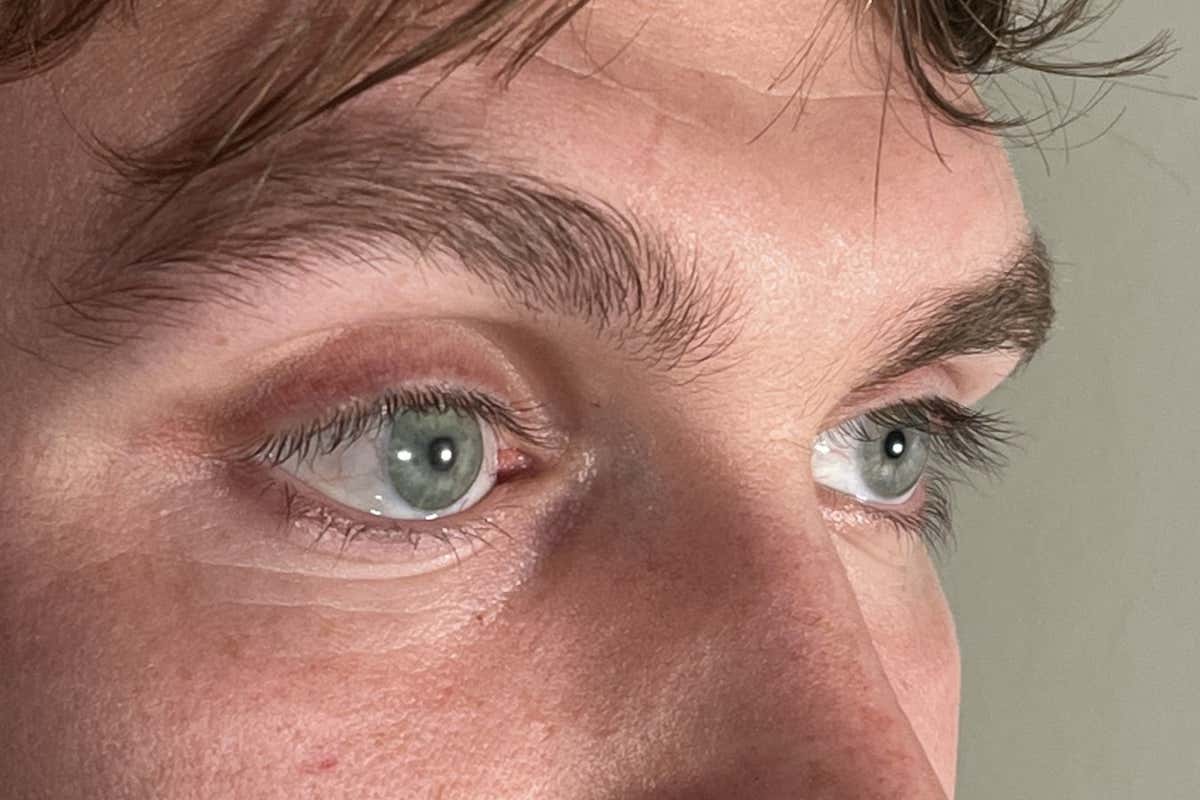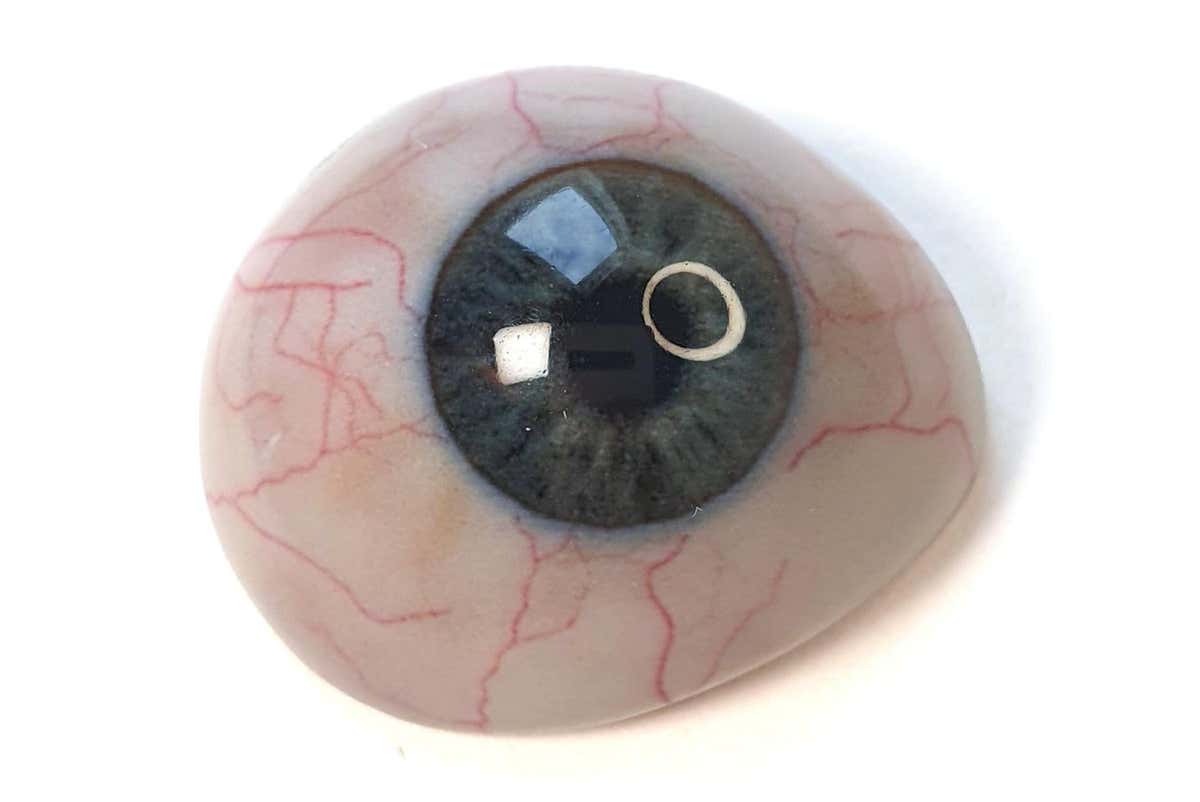[ad_1]

A man with a prosthetic right eye, which was not created via the AI approach
Stephen Bell, Ocupeye Ltd.
Prosthetic eyes that are designed by artificial intelligence and 3D printed require 80 per cent less time from human specialists compared with traditional manufacturing methods, potentially allowing many more people to benefit. A small trial also suggests that this approach leads to well-fitting prosthetics in most cases.
In the UK, for example, around 1 in 1000 people wear prosthetic eyes, which require highly trained ocularists to take moulds of the eye socket. Many people with such prosthetics also have an orbital implant to replace lost eye volume and create a surface to which muscles can be reattached, allowing natural eye movement. Prosthetics sit on top of this to provide a natural appearance.
The standard process of making a prosthetic takes around 8 hours, but now, Johann Reinhard at the Fraunhofer Institute for Computer Graphics Research in Darmstadt, Germany, and his colleagues have developed a method that automatically designs and 3D prints an implant to both fit the wearer’s eye socket and aesthetically match any remaining eye.
“It’s more comfortable to have an optical scan than having someone pouring this alginate [mould-making material] impression into your eye socket, particularly for children – it seems to be tricky to get them to [sit through] this procedure,” says Reinhard.
In the new process, an optical coherence tomography scanner uses light to create a 3D model of a person’s missing eye, so the back of the prosthetic can be designed for a close fit. A colour image is also taken of any remaining eye to make an aesthetic match.
The data is funnelled to an AI model, which then creates a design that is 3D printed by a machine that can operate at a resolution of 18 billion droplets per cubic centimetre.
Once the prosthetic is printed, it can be polished and adjusted to be a perfect fit by a human ocularist, a job that takes just 20 per cent of the time of the existing process.

A 3D-printed eye prosthetic designed by AI
Johann Reinhard, Fraunhofer IGD
In a trial of 10 people at Moorfields Eye Hospital in London, there were only two people for whom these prosthetics didn’t fit properly. Neither had an orbital implant, which Reinhard says is problematic for the scanner and the AI designer.
The team hopes the process can be refined to drastically reduce the cost required to create convincing prosthetics and make them available to more people. But Reinhard says it is unlikely that future prosthetics will be made without human experts at all.
“We see this like a tool for ocularists,” he says. “So it’s not something that’s meant to replace ocularists, but it’s a new process that they can use and we think that it provides better output in terms of appearance.”
Topics:
[ad_2]
Source link




